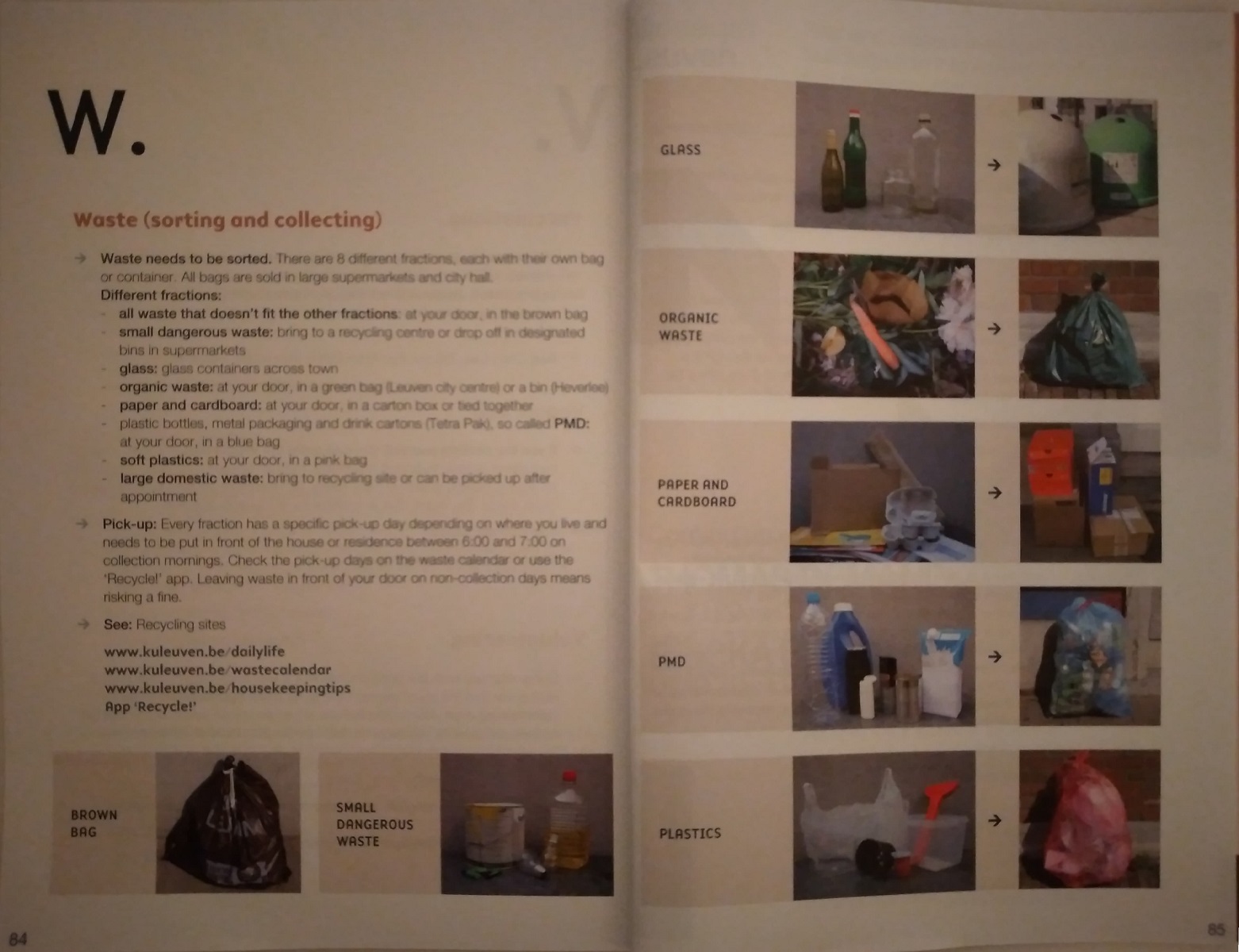2007: Evan Sayet – Regurgitating the Apple How Modern Liberals “Think”
Historical Context
The historical context I notice is that Evan Sayet presents himself as a New York Jew who would by his upbringing typically identify as a liberal, but due to events that were recent at the time of the speech – in 2007 – he identifies politically as a conservative Republican. He uses an analogous story – starting ~9:00 – to place himself and his own political conversion within the historical context of the points he drives home.
The Perceived Problem
Modern Liberals don’t think. Starting at ~9:30 Evan Sayet reasons out exactly why modern Liberals “don’t think.”
The Actual Problem
We are all considering issues nationally instead of locally. We are getting most of our information from impersonal national sources like television and the most popular participants on social media. We are imagining that our problems and their solutions come from national change.
Liberals usually think up change and drag conservatives kicking and screaming to a better place with national change while the conservatives filter the change with prudence. Now, Liberals are thinking up how to destroy what’s been created while both sides are distracted from important local problems with nationally-created mass media and consumer culture. Neither side will give up the comfort the system provides even while the system itself crumbles.
What the Mainstream Media Says
The mainstream media blasts entertaining political provocation like this at full-volume 24/7.
My Opinion
The idea that modern Liberals have arrived at a point where they can’t find anything to change is not new. I believe it is accurate. I believe the content of the video is a mostly-accurate description of what has happened to modern Liberalism. However, there are just a few words I would alter. Instead of saying modern liberals “don’t think,” he should have said, “liberals focus exclusively on how to make change nationally through government and mass media. In their fanaticism for change, near perfection has required them to consistently mess everything up.”
Solutions
The core of the solution is to address our problems that appear national at a local level. The only way Hollywood and other national entertainment will improve is to be abandoned and replaced locally. The only way the federal government will improve is to be less by being challenged by local governments.
Evan Sayet gives the solution at 24:10. “We have to take back universities, schools, media, the entertainment industry.” I agree. This is best done with participation in local government, local decision-making, and local entertainment. If we must educate our own children because the Liberal-influenced education administrators will not do it properly, how can we get it done? Fortunately our schools are funded locally, but we must participate in their governance. How can we entertain ourselves locally? Live minor league baseball, youth sports, adult sports leagues, golf, live local bands, symphonies, plays, and concerts are the answer. Unfortunately we face the challenge to eliminate what threatens these things with complacency: TV and air conditioning. We must turn off the TV, open the doors and windows, go outside and socialize.
At 43:22 Evan Sayet says modern Liberals question authority and attack the ability to distinguish right and wrong, but we have not replaced the authority and morality with anything. We need to replace this authority locally. A return to dressing decent in public would help. Once we turn off amoral TV, what do we do? We will only know once we do it. If a state were to refuse federal funding in order to maintain sovereignty, what would be the effect? How would we fund local projects and infrastructure? Are we prepared to really challenge the power of the federal government? How can we prepare? Are we educated voters on these issues?
I list five “bad” items in my Industrial Plagues category that bring only comfort and complacency and should avoided to the max extent possible: TV, cars, air conditioning, sugar, pills. These five items are almost entirely new in our daily lives in the last century. They barely existed in 1900. Nationalism and the internet are equally as new as the “bad” five items, but they each have a good side. They bring more than just comfort and laziness. Nationalism keeps relative peace and the internet enables almost unlimited bi-directional communication. We must learn what these two things really mean in order to understand the solutions to the complete failure of national leadership. Nationalism is only effective if the large whole is made up of strong, healthy individual parts. We cannot outsource everything to the national specialization. Hollywood and Netflix cannot be our source of entertainment. The internet can enable local entertainment and I don’t mean friends on Facebook and YouTube. Blogging is a great way to experience the bi-directional internet. Blogging can be as simple as organizing your internet experience and sharing it with others in a positive way that you completely control. Pay attention to local events through the internet. The internet, unlike television and Netflix, is just as powerful locally as it is nationally.
